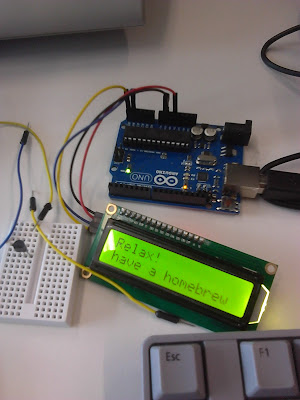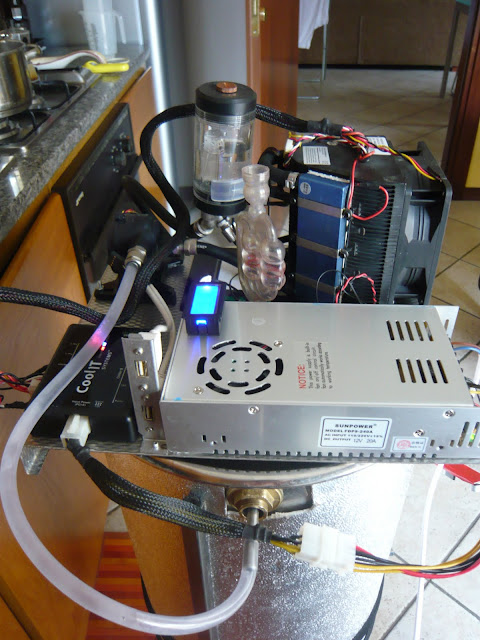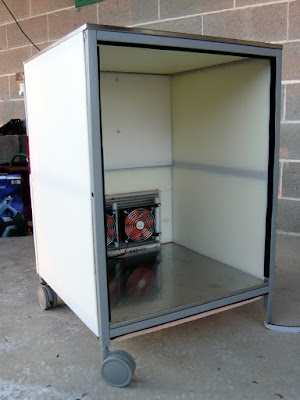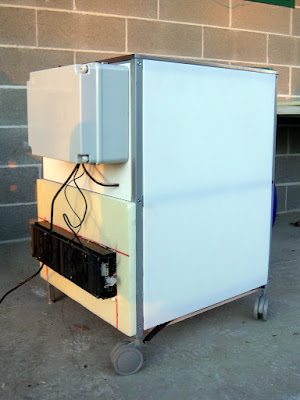Very very cool after the completion of my single vessel braumeister clone controlled by SESTOS PID regulator Im moving to and Arduino based controller too !
Single Vessel Braumeister Clone
I love arduino philosophy and I come from the town (Ivrea) where arduino team has developed the board and the system (I live not so far from Arduino Road.. )
)
A part from this I would like to evolve the system replacing the static PID temperature control with a time based programmable system (mashing steps , boiling) and in the future also some flow and valve automation.
Off course Im following your brauduino project as well other project (brewtroller, habs..) in order to get inspiration, ideas, suggestions..

I have just sourced an arduino board and some shield (display, temperature sensor) and Im playing with basic sketch.. just to getting started and understand the basic concept and I/O management features
As soon as I have passed the getting started phase maybe I can contribute to this thread and project
Thank you from Italy matho for sharing your development, code, details..I hope to start a international collaboration
Davide
Single Vessel Braumeister Clone
I love arduino philosophy and I come from the town (Ivrea) where arduino team has developed the board and the system (I live not so far from Arduino Road..
A part from this I would like to evolve the system replacing the static PID temperature control with a time based programmable system (mashing steps , boiling) and in the future also some flow and valve automation.
Off course Im following your brauduino project as well other project (brewtroller, habs..) in order to get inspiration, ideas, suggestions..

I have just sourced an arduino board and some shield (display, temperature sensor) and Im playing with basic sketch.. just to getting started and understand the basic concept and I/O management features
As soon as I have passed the getting started phase maybe I can contribute to this thread and project
Thank you from Italy matho for sharing your development, code, details..I hope to start a international collaboration
Davide








